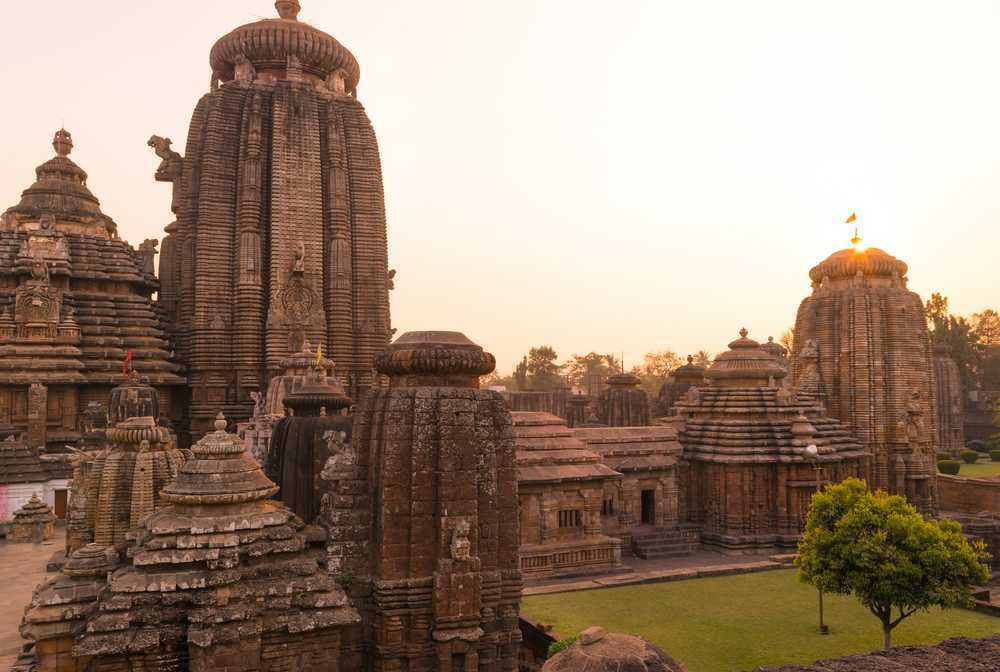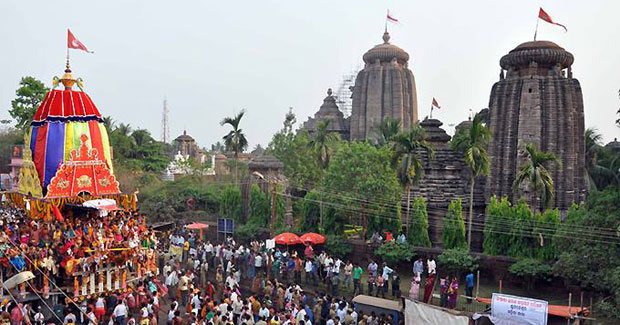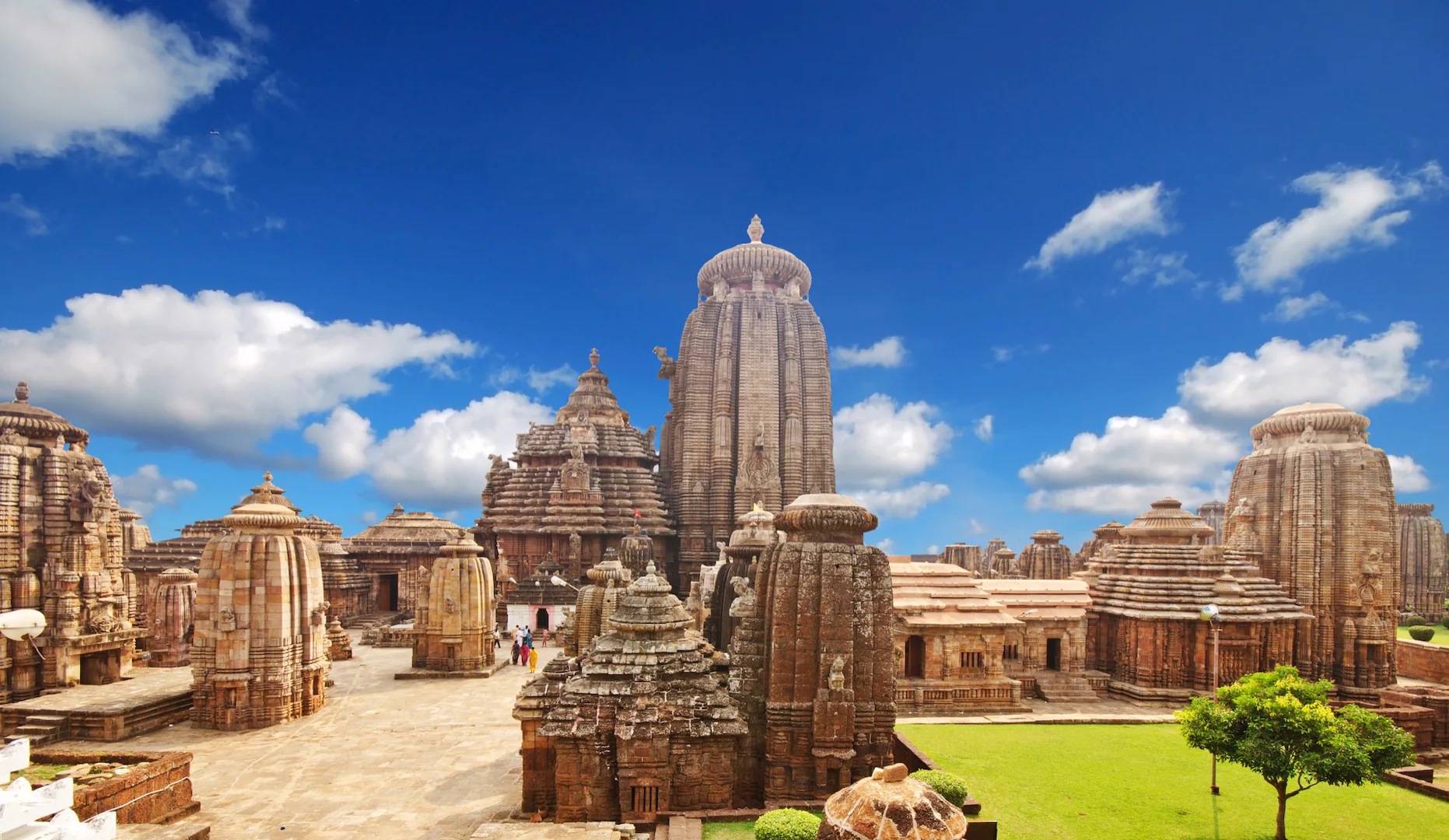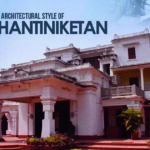Lingaraj means the ‘king of linga’, which is the symbol of Lord Shiva. The abstract representation shows that God Shiva is omnipotent.

Know more about Lingaraj Temple History :
The Lingaraj temple was built by King Yayati I of soma Vansh dynasty and in this present form, it dates back to the end of the eleventh century. Nevertheless, it is found that some part of the temple was constructed in the 6th century and it is believed that Lalat Indu Keshari initiated it during his reign from 615 to 657 CE. Lingaraj mandir had most of its parts such as the tower, assembly hall, and sanctum built in the 11th century, whereas the ‘bhoga mandapa’, the hall of offering, and the natamandira was constructed in the 12th century.
The Lingaraj temple history is referred to Brahma Purana, which is a Hindu sacred writing. The temple received a village as donation from a Somvanshi queen. Other than this, a lot of gold coins and grants were offered by Rajaraja II, as well as Chodaganga.
Architecture of Lingaraj Temple :
Being the largest temple in Bhubaneshwar, the Lingaraj temple is known for its amazing architecture. You can find the holy temple preserved inside an expansive compound wall built using laterite that measures 160 meters by 142 meters. The thickness of the wall is 2.3 meters and it is crowned by the slant coping. The compound wall is protected with a terrace built along the inner boundary wall.
Height of Lingaraj Temple :
The temple complex is a spacious courtyard, where you can find 150 small shrines. There is a central tower of 180 feet tall, which is the principal attraction showing the height of Lingaraj mandir. If you observe it, you can find each and every part of the tower richly and exquisitely carved. The temple stands tall as the paradigm of Kalinga architecture, which is known to imbue life into stones. The entrance of the gate is secured with a door made of sandalwood.
The beauty of the temple is the walls which have the carvings of distinct images, as well as sculptures, which infuse life in the rocks. The jagamohana, which is an assembly hall, is about 55 feet high from outside. The other features of the hall are the horizontal-layered pyramidal roof, entrance from north and south and intervening platform. You can find the lions sculpted at the entrance, which has perforated windows. Over the sanctum, you can see a 60-meter tall pyramidal tower built in rekha deula style. The tower wall has sculptures of female figures in various positions.
Fact about Lingaraj Temaple :
The distinctive styles of Kalinga architecture have the rekha deula and pidha deula, which are related to Lords Vishnu, Shiva and Surya. The khakhara deula is connected to Chamunda and Durga, the prominent deities in the Hindu religion.
The main sanctums of the Lingaraj temple are styled in rekha deula and khakhara deula, where you can offer your prayers. The pidha deula is so styled to look like a dancing hall or a place for any offerings.
Though the temple was built in the 11th century, some findings claim that some parts of the temple were constructed in the late 6th century.
The Shivalinga in the ‘garbha griha’ is called ‘Swayambhu’ for it is believed to have originated by itself.
Once in a year, the deity is carried to the middle of Lake Bindusagar, which is called Jalmandir.
According to Ekamra Purana, the deity of Lingaraja was found under a mango tree and for this reason the temple is called Ekamra Kshetra. It was during the Dwapara yuga and Kali yuga, the deity emerged as a Shiva.
Popular festival at Lingaraj temple :
The festivals at the Lingaraj mandir promote harmony between Shaivism and Vaishnavism, which are the two sects of Hindu religion. The most famous festival is Shivaratri, which is celebrated in Phalgun (February) every year. Devotees from places across the country visit this Ekamra temple and offer prayers to Lord Shiva by fasting and chanting bhajans all through day and night. They end the fasting once the ‘Mahadeepa’ is lit at the temple. The Shivaratri festival is celebrated to honor Lingaraja for slaying a demon.
Sunian day is another festival that has been celebrated by people from all walks of life. Observed in the bhadra month, devotees pay tribute to Lingaraj. The other festival that has gained a lot of significance is Candan Yatra. This is a 22-day sandalwood ceremony, in which the people connected to the temple entertain themselves in a large boat. Having smeared the sandalwood paste all over the body they indulge in dance and communal feast.
Rath yatra is the other festival that is celebrated on Ashokashtami every year. Lingaraj, along with his sister, Rukmani, is carried to Rameshwar Deula temple. The chariot is well-decorated and devotees pull it all the way to the temple.
The temple is known for its religious practices that are followed until this date. Devotees are supposed to wear Hindu traditional attire while entering the temple. The viewing platform situated outside the mandir permits people who cannot maintain the sanctity to view the temple from outside. In case of any question on sanctity, the temple undertakes steps for purification before allowing anyone inside.

Know the timing of lingaraj temple :
You can visit the temple at any of the below-mentioned timings. The temple opens at 6 a.m. and devotees can visit any time before 12.30 p.m. The doors are closed from 12.30 p.m. to 3.30 p.m. The next darshan is at 3.30 p.m. and it is until 9 p.m. During the visit, you get an opportunity to pray the image of Lingaraja undergoing ‘mahasnana’ several times. Where you wish to offer bela leaves or tulasi, you can carry them buying outside.
How to reach the lingaraj temple :
You can reach this famous temple in Bhubaneswar by road, rail and air. There is regular bus service from the Bermunda bus stand, which is just 9 kilometers away from the temple. You can find several private and public bus services from the bus stand.
As for the train, you can get down at the Bhubaneswar railway station, which is situated at a distance of about 5 kilometers from the temple. The railway station connects most of the major cities in India, making it easy for the pilgrims to reach the temple.
For those who want to travel by air, the Biju Patnaik Airport serves the purpose for it is just about 4 kilometers away from the temple. The place also offers you the facilities for accommodation, with a few decent hotels.
Lord Shiva at the Lingaraj temple was earlier worshipped as Kirtivasa before he became the famous Harihara. A visit to the temple helps you experience things mentioned above.


